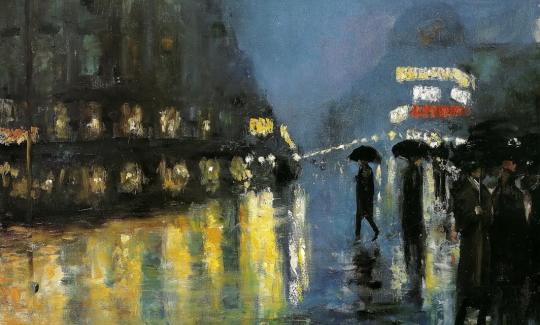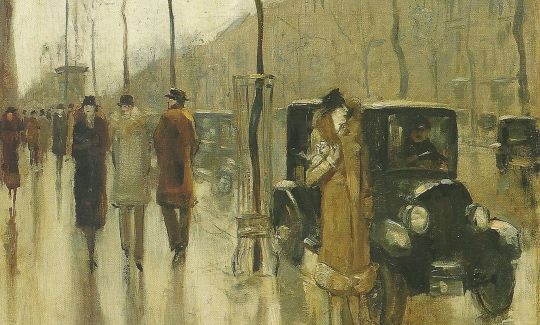The Great Masters:19 th-century Jewish Art and its Origins
Saturday, 17.05.14
Sunday, 16.11.14
:
Svetlana Reingold
More info:
046030800Changes in the status of the Jews of Europe in the 19th century gave rise to the appearance of Jewish artists who had studied in European art academies and schools. The prevailing realistic style together with the ethno-European background of various nationalities encouraged the creation of an artistic genre portraying Jewish life. By the beginning of the 20th century there were two main streams - one being the awakening of national Judaism, and the other the aspect of European avant-garde art.
The most outstanding of these Jewish painters was the Pole Maurycy Gottlieb, whose subjects were influenced by the European and Polish art of the time. Beside works depicting Jewish themes, he created paintings with a marked Christian content. Another artist influenced by the academic style was the sculptor Marc Antokolski. In spite of their neo-classic style, his sculptures succeeded in conveying emotional characteristics in a realistic mode.
The Dutch painter Jozef Israëls was known for his ‘records' of everyday life. His very large output was seen by the Jewish community as the perfect expression of both a Jewish artist and of the world. Max Liebermann, a friend of Israëls, also developed this subject, although his realist-documentary style did not adhere to the Jewish tradition. A different, novel, kind of art was created by the artist Lesser Ury, who was connected to the Impressionist School.
The exhibition follows Jewish artistic developments at the end of the 19th and the beginning of the 20th century, in order to explore the sources of inspiration that influenced artists of the "Jewish School of Paris", and especially the works of Mané-Katz. It deals with the changes that defined and designed the modern Jewish concepts of the self, of identity and of art.
Works of artists such as Gottlieb, Antokolski, Israëls, Liebermann, Ury, Camille Pissarro and others will be presented against a background of ethno-European research of various nationalities, and of European art dealing with the Jewish experience in general, and that of Israel in particular. The exhibition attempts to explore the confrontation of ideas and emotions with forms deriving from varying worldviews and beliefs, displaying, side by side, works and objects of different provenances - European art with Israeli and Jewish art; paintings, photographs, prints and drawings; Judaica and ethnographic works; depictions of holy sites and attractive women; Jerusalem as depicted by William Turner and David Roberts with early photographs of the same sites, as well as many other items for comparison.


